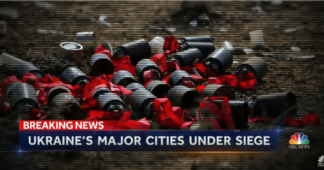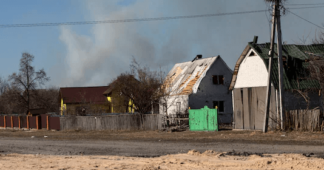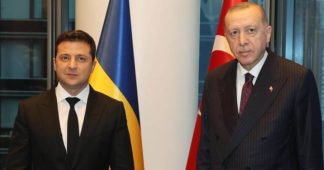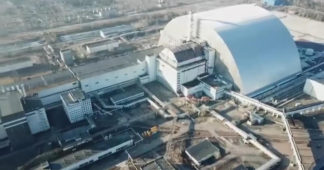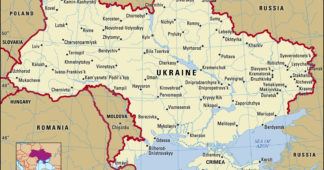By Thomas Gibbons-Neff and John Ismay
Apr. 18, 2022
HUSARIVKA, Ukraine — It was in early March when the spent warhead of a cluster munition rocket landed next to Yurii Doroshenko’s home in eastern Ukraine, having dispensed its lethal bomblets over his village.
“They were shelling and it hit the street,” he said.
These types of internationally banned weapons have been repeatedly used by the Russian military since it invaded Ukraine in February. Human rights groups have denounced their use. Western leaders have linked their presence to a bevy of war-crimes allegations leveled at Moscow.
But the cluster munition that landed to next to Mr. Doroshenko’s house was not fired by Russian forces. Based on evidence reviewed by The New York Times during a visit to the area, it is very likely to have been launched by the Ukrainian troops who were trying to retake the area.
Nobody died in that strike in Husarivka, an agricultural hamlet surrounded by wheat fields and natural-gas lines, though at least two people were killed as Ukrainian forces shelled it for the better part of month, targeting Russian forces.
As the war approaches its eighth week, both sides have relied heavily on artillery and rockets to dislodge each other. But the Ukrainians’ decision to saturate their own village with a cluster munition that has the capacity to haphazardly kill innocent people underscores their strategic calculation: This is what they needed to do to retake their country, no matter the cost.
Continue reading at archive.ph
We remind our readers that publication of articles on our site does not mean that we agree with what is written. Our policy is to publish anything which we consider of interest, so as to assist our readers in forming their opinions. Sometimes we even publish articles with which we totally disagree, since we believe it is important for our readers to be informed on as wide a spectrum of views as possible.
